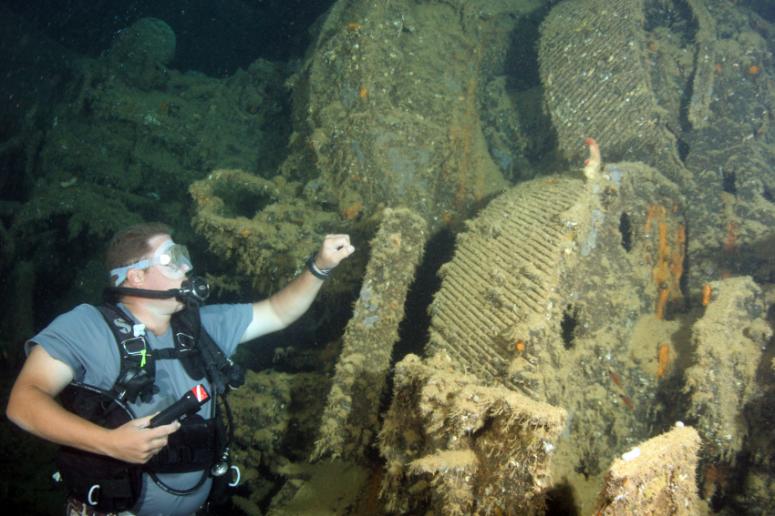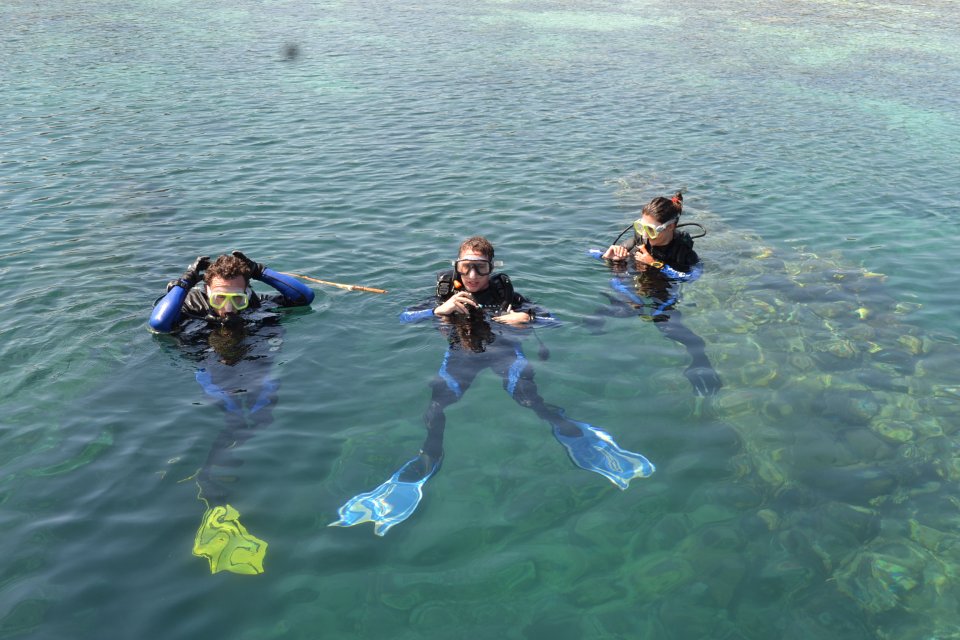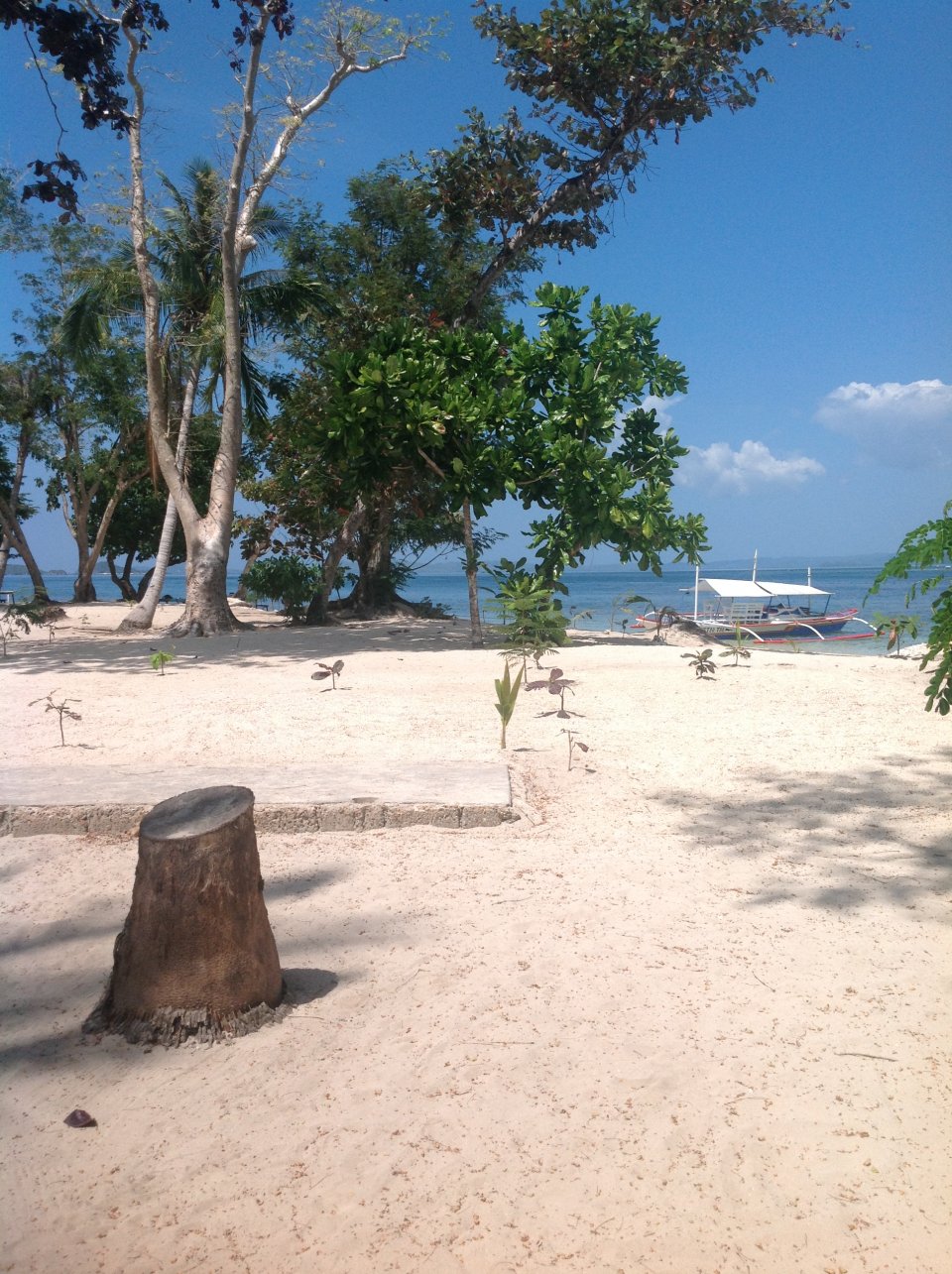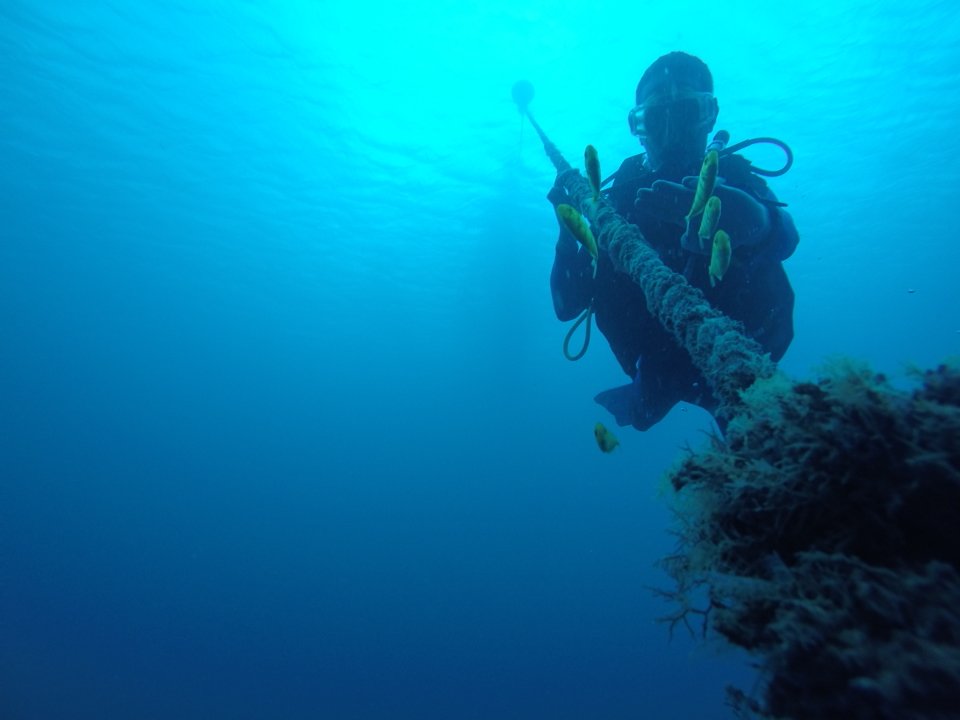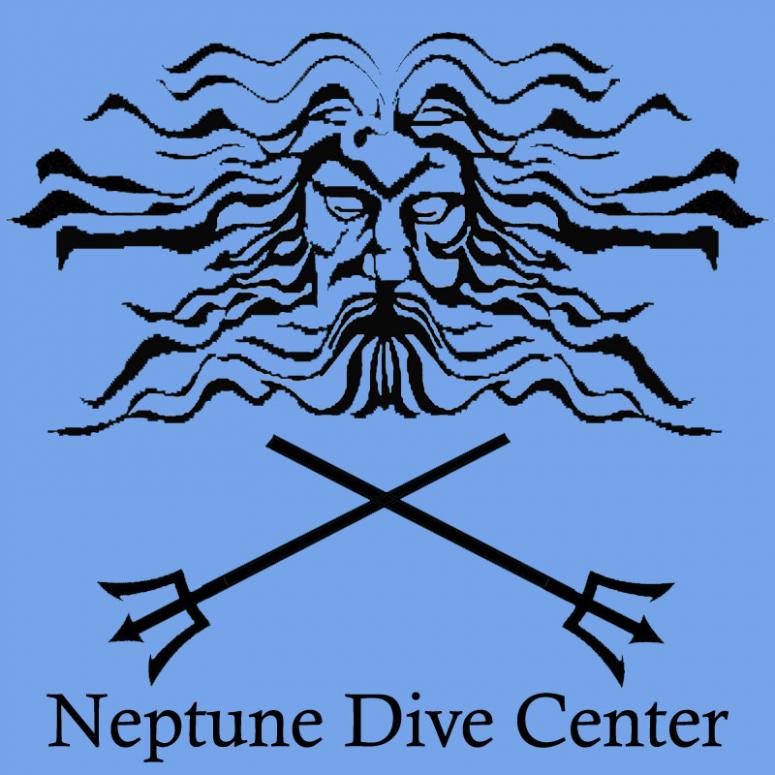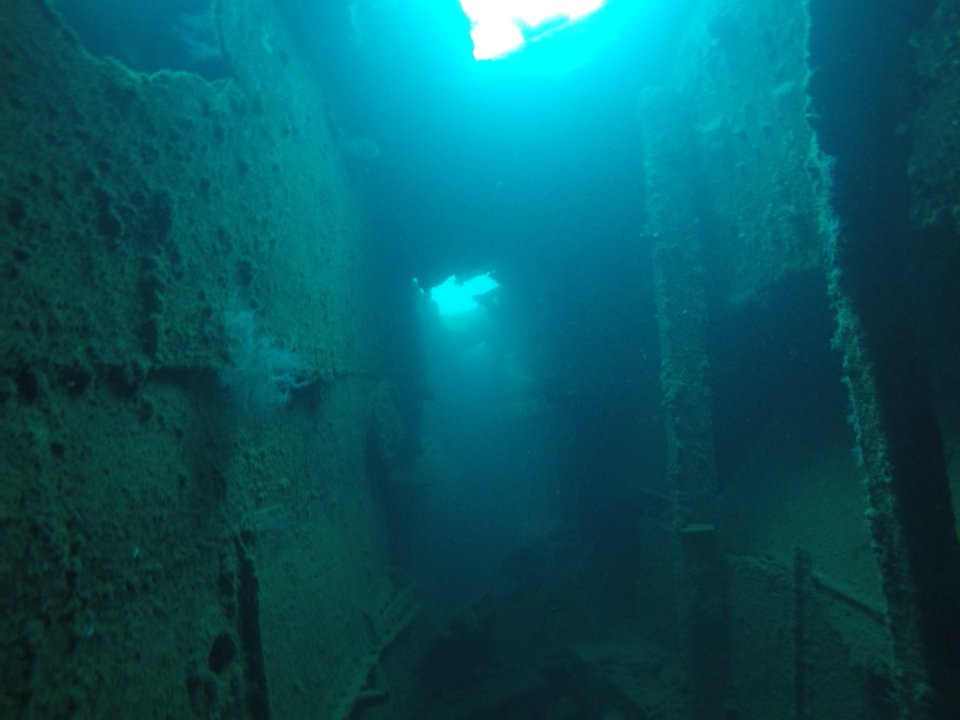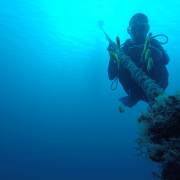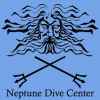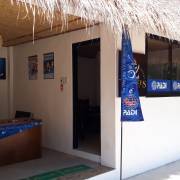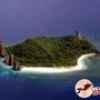Dive in Busuanga Island
Diving packages in Busuanga Island
-
2 Wreck Dives and an afternoon on a deserted island
This is wonderful if you have a non diving partner traveling with you, we start the morning off with 2 wreck dives, then a short 15minute boat ride to Calambuyan Island where we relax on the beach cook a BBQ and do a bit of snorkeling, it really is paradise! Includes: 2 wreck dives Guide Equipment BoatLunch All entrance fees Bring a non diving partner for 700peso (they get lunch snorkeling and…85 $ More Information -
3 Wreck dives
3 Japanese World War 2 shipwreck dives, over a full day package. Depending on your certifaction level to what wrecks you can dive but there are dives from open water beginners all the way through to the most advanced diver. Includes: Lunch on the boat All equipment rentals Marrine Park fees Boat fees Instructor guide No hidden charges or fees75 $ More Information -
2 Wreck Dives
1/2 day 2 wreck dive package included: Lunch on the boat All equipment rentals Marrine Park fees Boat fees Instructor guide No hidden charges or fees56 $ More Information
Diving in Busuanga Island

The area around Busuanga is home to very different dive sites. Not only wreck freaks, exploring the famous Japanese ship wrecks of WWII, take profit from the diversity of the dive sites, but also coral admirers who enjoy the various species and plenty of fish.
Busuanga’s most interesting wreck dive sites are the Black Island Wreck, located east of the Malajon Island. This diving site can reveal so much at a 65 feet average depth, but can can mesmerize divers at the maximum depth of 104 feet.
The Concepcion Wreck or Taiei Maru just south of Concepcion Village in Busuanga. This coral covered ship wreck is about 2.5 hours from Concepcion, and reveals excellent reefs at 52 feet, and more at its maximum depth of 85 feet. The corals are an abundant haven for different fish species and a wonder to even the veteran diving enthusiast.
Not far between the Lusong and Tangat Islands, Palawan, is the Olympia Maru wreck. Astounding Palawan coral reefs inhabited by daring and wicked-looking sea creatures, like the scorpionfish, mark the Japanese freighter sunk in 1944 at the end of the Japanese War.
In between Lajo and Manglet Islands is another exciting Japanese wreckage, the Akitsushima, a glying type of boat tender sunk in 1944 near Coron. It exhibits amazing fish life and habitat.
Another Japanese freight sunk at the end of the Japanese War is Kogyo Maru. Just south of Olympia Maru and very near Lusong, this 520-foot vessel has deep coral reef 110 feet underwater and mysteriously dark with less light penetrating even in day time.
Note that these wrecks are also accessible from the other islands of the Calamian Group.
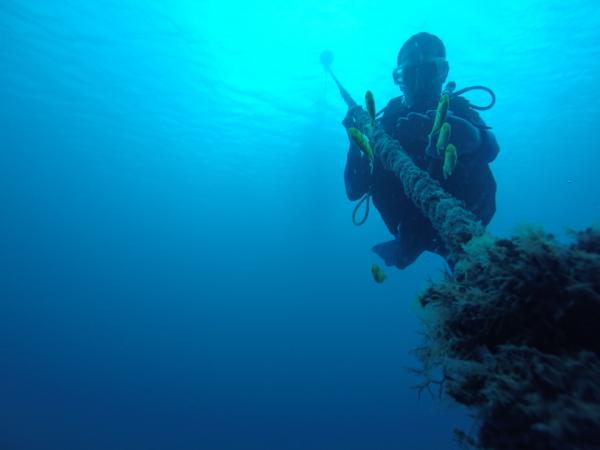
Travel to Busuanga Island
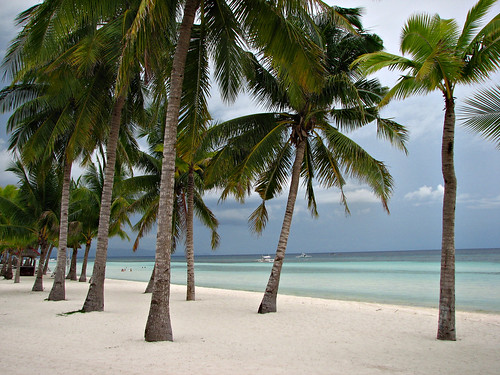
One hour away by air to the southwest of Manila, you find Busuanga island with its size of 2.300 km2 (888 sq. mi.) the biggest island of the Calamian group. The island is home to a wildlife sanctuary and is also leading to some of the most outstanding diving spots. Rugged, steep limestone rocks, solitary white sand beaches and turquoise-colored water are all attributing to a fantastic scenery.
Here you can find everything a diver's heart is longing for: shallow coral gardens, enchanting freshwater lakes and underwater grottos, but above all many ship wrecks, because these many small islands provided shelter to Japanese supply ships during WW II. In 1944 these ships, camouflaged as islands, were discovered by the Americans and sunk, hence this ship graveyard offers today the best in wreck diving.
